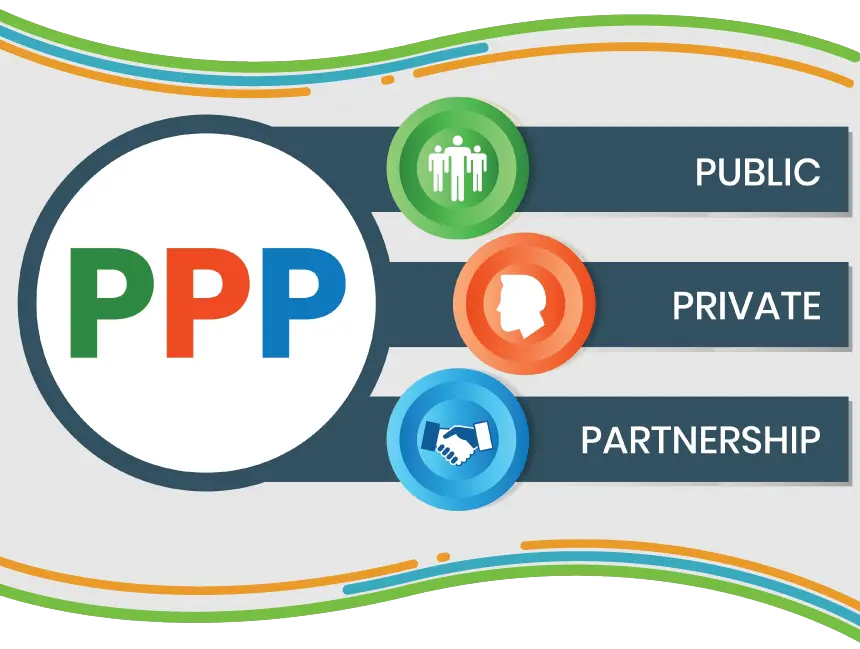Project Finance & Financial Modelling
At Synergy Academy, we offer an advanced course on Project Finance and Financial Modeling designed for professionals seeking to deepen their understanding of large-scale infrastructure projects, investment evaluation, and financing structures.

This course explores the intricacies of project finance, with a focus on its applications in sectors such as energy, real estate, and public infrastructure. Participants will learn how to design financial models to assess the viability of projects, manage risks, and structure financing using techniques such as debt-equity structuring, risk mitigation, and cash flow modeling.
Through hands-on exercises, students will develop practical skills in building financial models that incorporate project-specific assumptions, including project cost estimation, revenue projections, and impact of financing terms etc. By the end of the course, participants will be proficient in creating robust project finance models to support decision-making, secure funding, and optimize returns while managing risks effectively.
Summary
Project Finance and Financial Modelling - 80 Hours
Project Finance
Introduction
Project Finance
Structuring a Deal
Risk Allocation & Mitigation
PPP/ Project Finance
Due Diligence/ Risk Assessment
PPP/ Project Finance
Payment Mechanism
PPP/ Project Finance
Financial Modelling
Basics
Financial Modelling
Best Practices
Financial Modelling
Part 1 (Intermediate)
Financial Modelling
Part 2 (Advanced)
Financial Modelling
Part 3 (Full Day Group Exercise)
Innovative Finance
Modules
 Project Finance – Introduction
Project Finance – Introduction
- Corporate vis-à-vis Project Finance
- Essentials of project finance: limitation of recourse
- SPV structure
- Project Finance – the various stakeholders
- Overview of various sources of financing & key terms
- Case study – Project Finance as a means to arrange financing for projects
 Project Finance - Structuring a Deal
Project Finance - Structuring a Deal
- Key Steps involved in arranging Project Finance
- Sources of Financing – Corporate Banks/ DFIs/ ECAs/Islamic Financing
- Type of lending – recourse/ limited recourse
- Key criteria (Interest Rate, Fees, Financial Ratios and Security Package)
- Other considerations: surplus cash flows, lock-ups, cash sweeps
- Cashflow waterfall – reserve accounts, dividends
- Equity contribution – cash equity, equity bridge loans and subordinated shareholder debt – the sponsor perspective
- Group Exercise – Preparing a list of sector-specific issues for deals in 1) Solar PV 2) Airports (or any other 2 sectors as per client requirements)
 Risk Allocation & Mitigation - PPP/Project Finance
Risk Allocation & Mitigation - PPP/Project Finance
- Risk phases- development, construction, start-up and operations & maintenance
- Trigger points- concession signing, financial close, commercial operation date, end of loan
- Allocation and mitigation of risk
- Case Study – Risk allocation in a conventional power/ renewable energy projects
 Due Diligence/ Risk Assessment - PPP/Project Finance
Due Diligence/ Risk Assessment - PPP/Project Finance
- Purpose and approach to due diligence (DD)
- Due Diligence/ Risk Assessment
- Technical project analysis – technology, construction and operation
- Financial structure risk – allocation of responsibilities and governance, refinancing issues, interest rate and currency volatility
- Input risk – analyzing the price and volatility of inputs
- Offtake risk – the output structure (with take or pay and other examples)
- Contract risk – default and management of counterparties
- Environmental risk
- Group Exercise – DD of a sample PPP project
 Payment Mechanism - PPP/Project Finance
Payment Mechanism - PPP/Project Finance
- Volume linked payment mechanisms, when to use them and the main features
- Availability concept elements and structuring matters in availability payment mechanisms
- Hybrid payment mechanisms
- Group Exercise – Determine the most suitable payment mechanism for sample project
 Financial Modelling- Basics
Financial Modelling- Basics
- Purpose/ Objectives & key features of FM
- Worksheet organisation
- Data input, management and verification
- Naming of cells
- Location of input variables
- Review of Excel functions and their use
- Macros and their use
- Goal seeking
- Circularity and how to resolve it
- Graphs and charts
 Financial Modelling - Best Practices
Financial Modelling - Best Practices
- Best Modelling practices and FAST (Flexible, Appropriate, Structured & Transparent) standards
- Design, testing and feedback
- Group Exercise – Identifying errors in a sample Financial Model
 Financial Modelling - Part 1 (Intermediate)
Financial Modelling - Part 1 (Intermediate)
- Fundamentals of project finance model design
- Model sensitivity and auditing definitions and analysis
- Revenue and cost modelling
- Cash adequacy, recourse, standby and liquidity
- Financial coverage ratios and the bank perspective
 Financial Modelling - Part 2 (Advanced)
Financial Modelling - Part 2 (Advanced)
- Advanced Session on project finance model design
- Debt: deep-dive into types of debt tranches; structuring and debt sizing
- Cash Sweep
- Macros to break the circularity
- Sensitivity and Scenario Analysis
- Project Appraisal based on a project finance model
 Financial Modelling - Part 3 (Full Day Group Exercise)
Financial Modelling - Part 3 (Full Day Group Exercise)
- Building a Project Finance Model
- Based on a real example of a project financed project, participants will construct and use a model for the transaction. The exercise will include:
- Project review
- Analysing the inputs
- Dealing with input priorities
- Cashflow projections
- Financing assessment
- IRR, NPV and other valuation analysis
 Innovative Finance
Innovative Finance
- Infrastructure Investment Funds
- Infrastructure bonds – the major alternative to the banks?
- Asset Recycling/ Monetization
- Asset Securitization
- Case Study – Successful financial close of renewable energy projects using green bonds
Training Highlights
-
Certification &
Recognition -
LMS Portal
Access -
Flexible Training
Method -
Industry - Relevant
Case Studies Covered -
Knowledge
Resources -
Comprehensive
Training Assessment -
Progress
Tracking -
Project Based
Learning Curve












